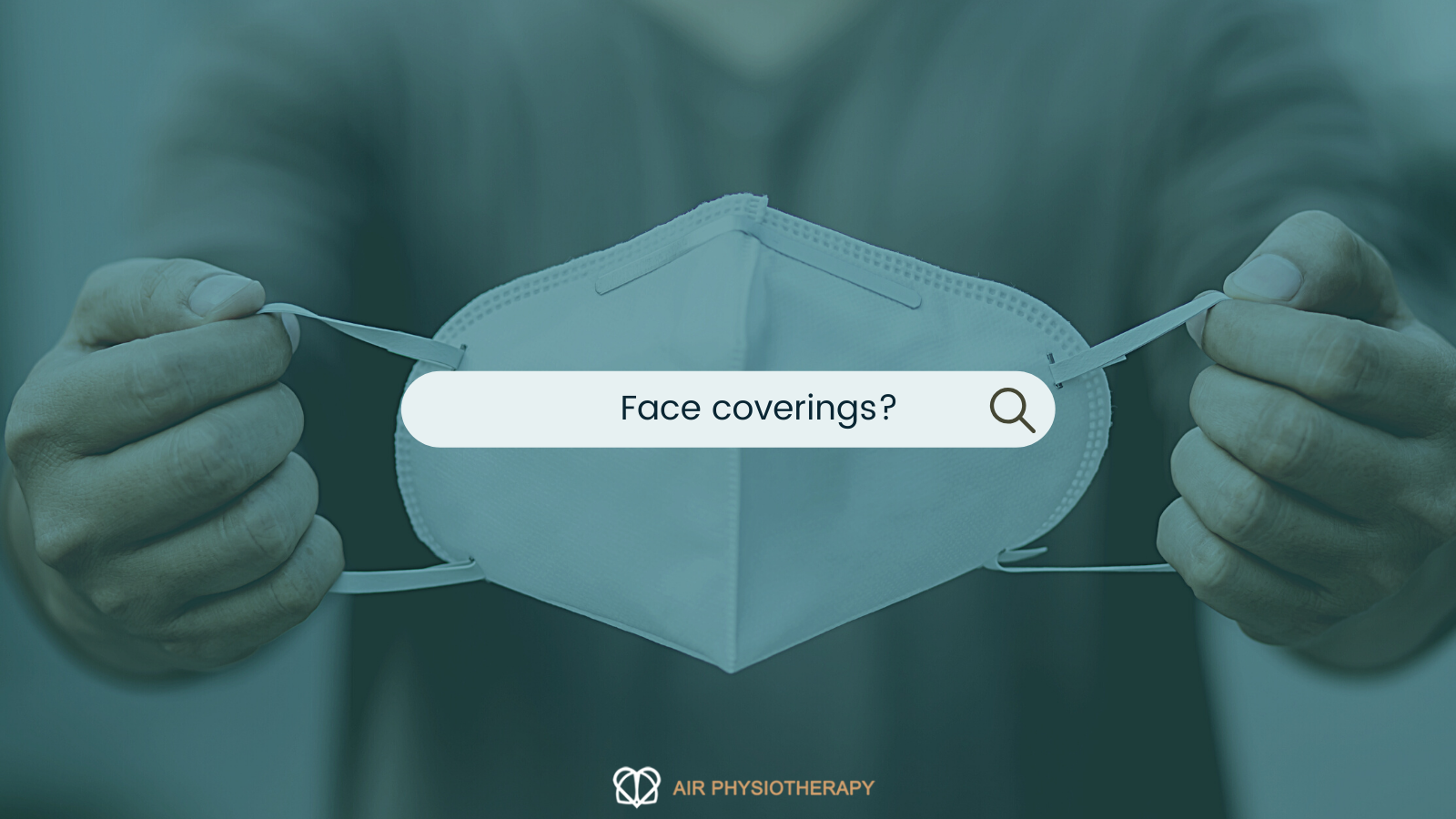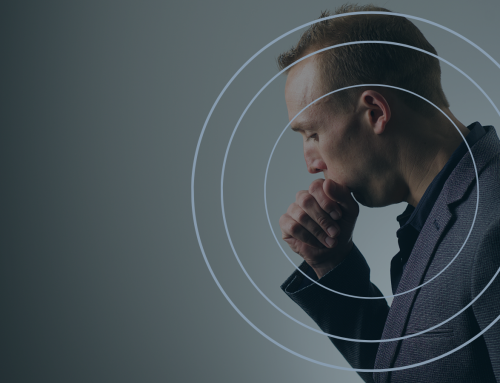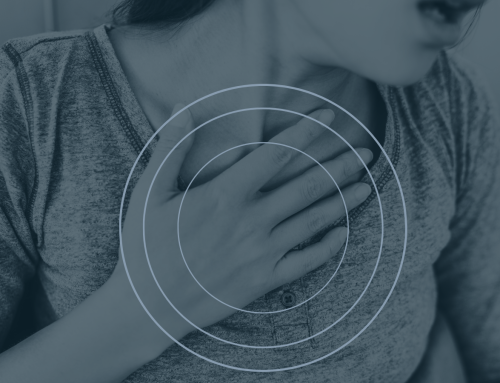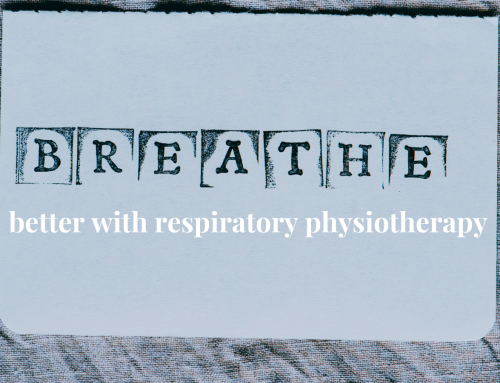Face coverings. As we move into Winter, the big question has always been whether the mandatory wearing of face coverings would return in England at some point in an effort to keep Covid cases as low as possible. Many scientists have recommended for some time that the government takes early steps to introduce some of the more simple measures – their Plan B measures – that may help prolong face-to-face contact over the coming months when we’re all in much closer proximity in indoor settings.
Rules on face coverings vary – internationally and closer to home within the UK’s different home nations. Many educational settings have already brought back mandatory wearing of face masks in communal areas, but the Prime Minister himself has also come under fire for not wearing masks in certain situations… it’s all very confusing!
The Omicron variant…
Recent news about the Omicron variant shows just how quickly the situation around Covid can change. Overnight the rules have been updated, with masks becoming mandatory in shops and on public transport from Tuesday 30th November. As always, it appears to be a fast-moving situation.
How effective are face coverings?
Multiple studies have shown face masks help to block the droplets and particles we breathe out from escaping into the air, and alongside the vaccination programme and social distancing measures they may have a significant role to play in reducing the transmission of Covid-19. It’s all about reducing the risk to others – think of it in terms of “mine protects you, yours protects me”.
But the fact remains that they can be uncomfortable to wear for longer periods and cause communication problems for those who use lip reading.
Which masks should you wear?
Not all masks are equal in terms of effectiveness.
N95 respirators are likely to be the most effective, followed by surgical masks and then non-medical masks, although optimised non-medical masks made of 2 or 3 layers might have similar efficiency as surgical masks. Even though fabric face coverings don’t provide the same level of protection, according to research published in the BMJ they still block between 62.6% and 87.1% of fine particles – which means wearing a reusable fabric mask is definitely better than not wearing one at all.
You should aim to wear a well-fitted mask that covers the mouth and the nose, leaving no gaps around the edges to prevent unfiltered air from being inhaled. The face covering also needs to be comfortable and breathable, especially if you’re going to be wearing it for any length of time.
Which? conducted a study into face coverings that offer the best balance of filtration efficiency and breathability, and scored highest overall in their tests, so that’s a great place to start if you decide that you want to continue wearing them throughout this Winter. You may need to try a few different options to find the one that feels most comfortable for you.
When might you wear them?
The current government line on face coverings (outside of shops and public transport from 30th Novemebr) in England is that it’s down to personal choice – there is no legal requirement to do so…. for now. However in Scotland, Northern Ireland and Wales the rules are different so do make sure you’re aware of them if you’re travelling within the UK.
You may decide that there are conditions under which wearing a face covering is advisable, especially where social distancing may not be possible:
- in crowded and enclosed spaces where you come into contact with people you don’t normally meet. Any areas outside of shops and public transport where you feel this is the case, it may be appropriate to wear a mask.
- when entering care homes to protect residents from the risk of infection.
Have a look at our top tips on wearing face coverings and please get in touch if you need any advice on breathing and respiratory issues relating to Covid by calling 0207 971 1464 or send us an email.





